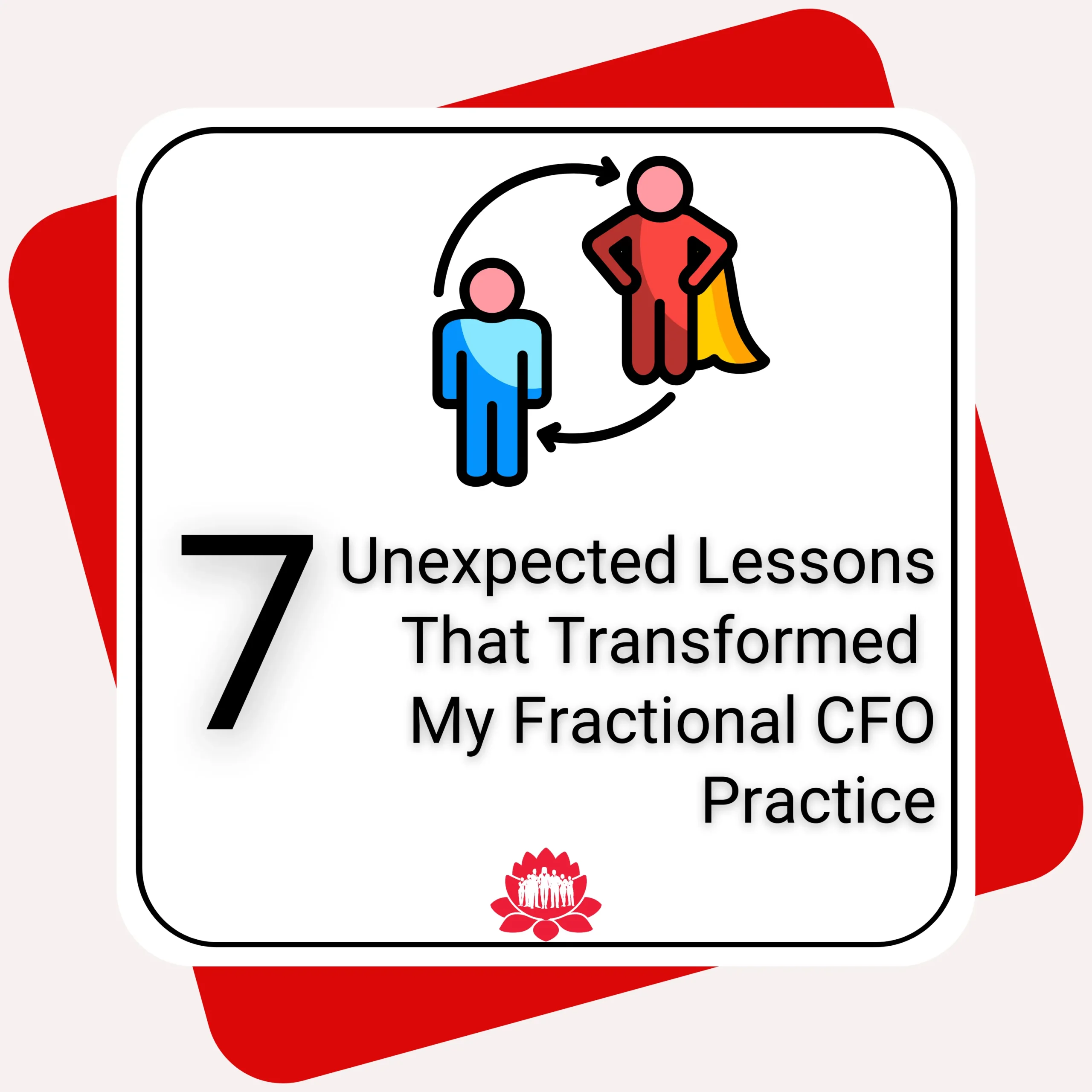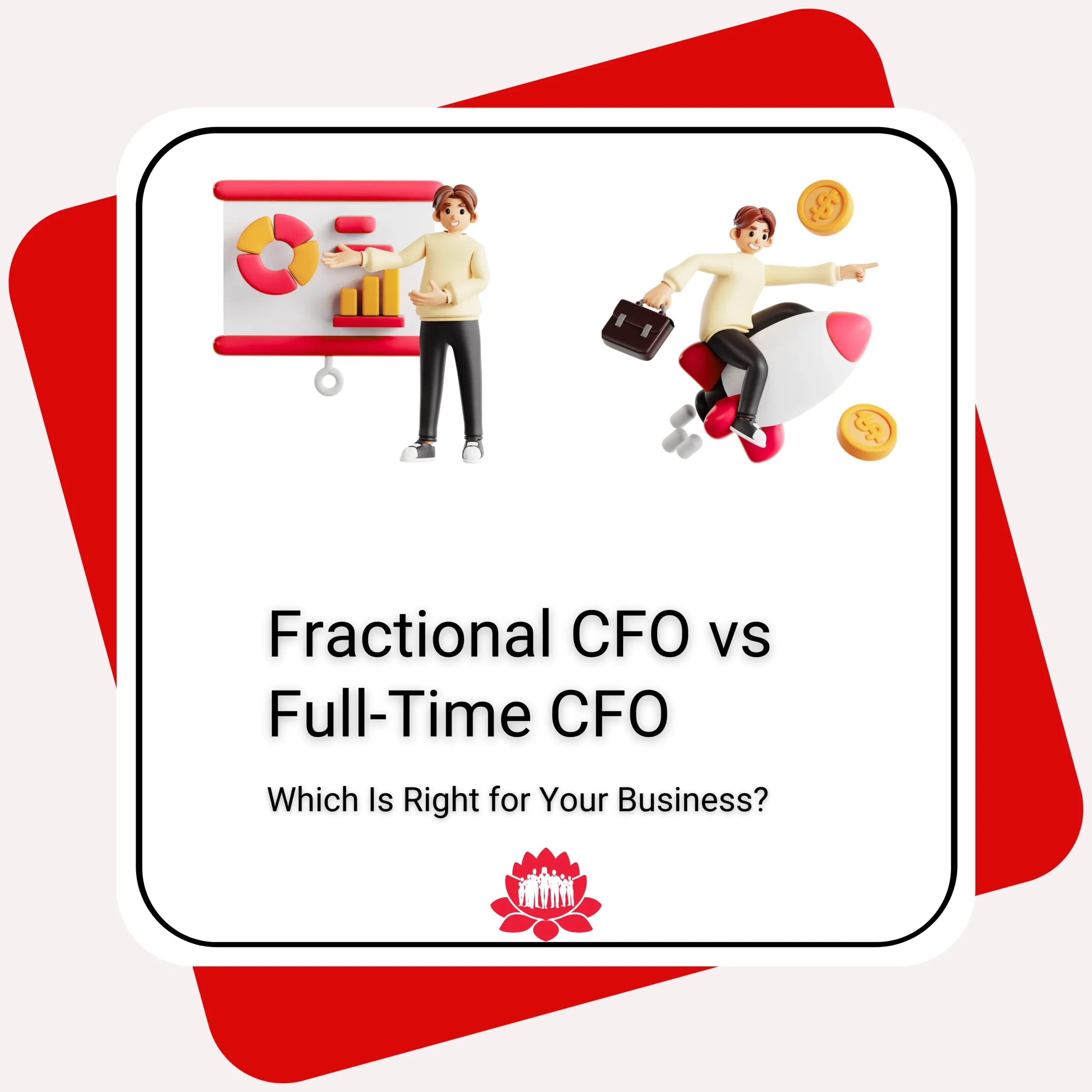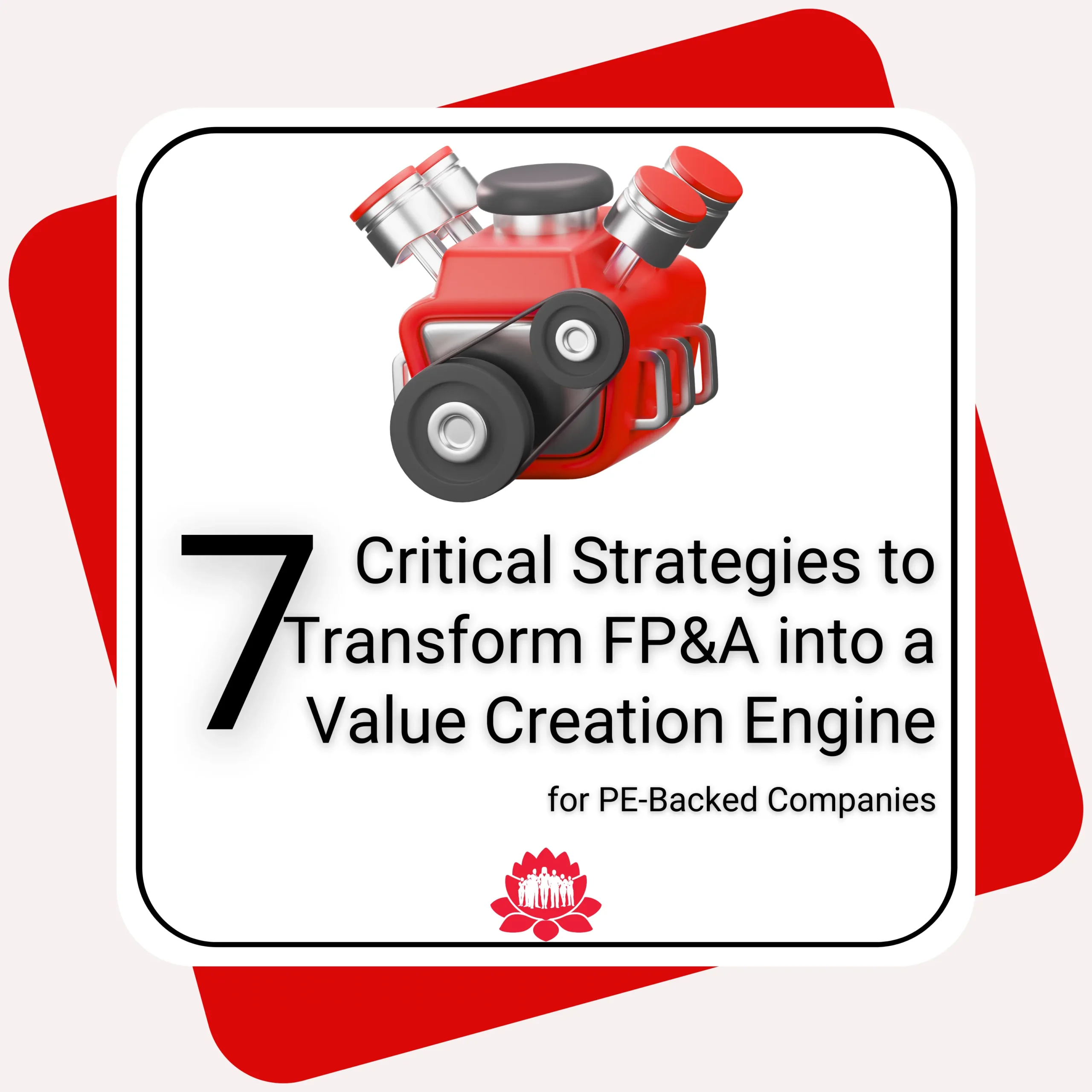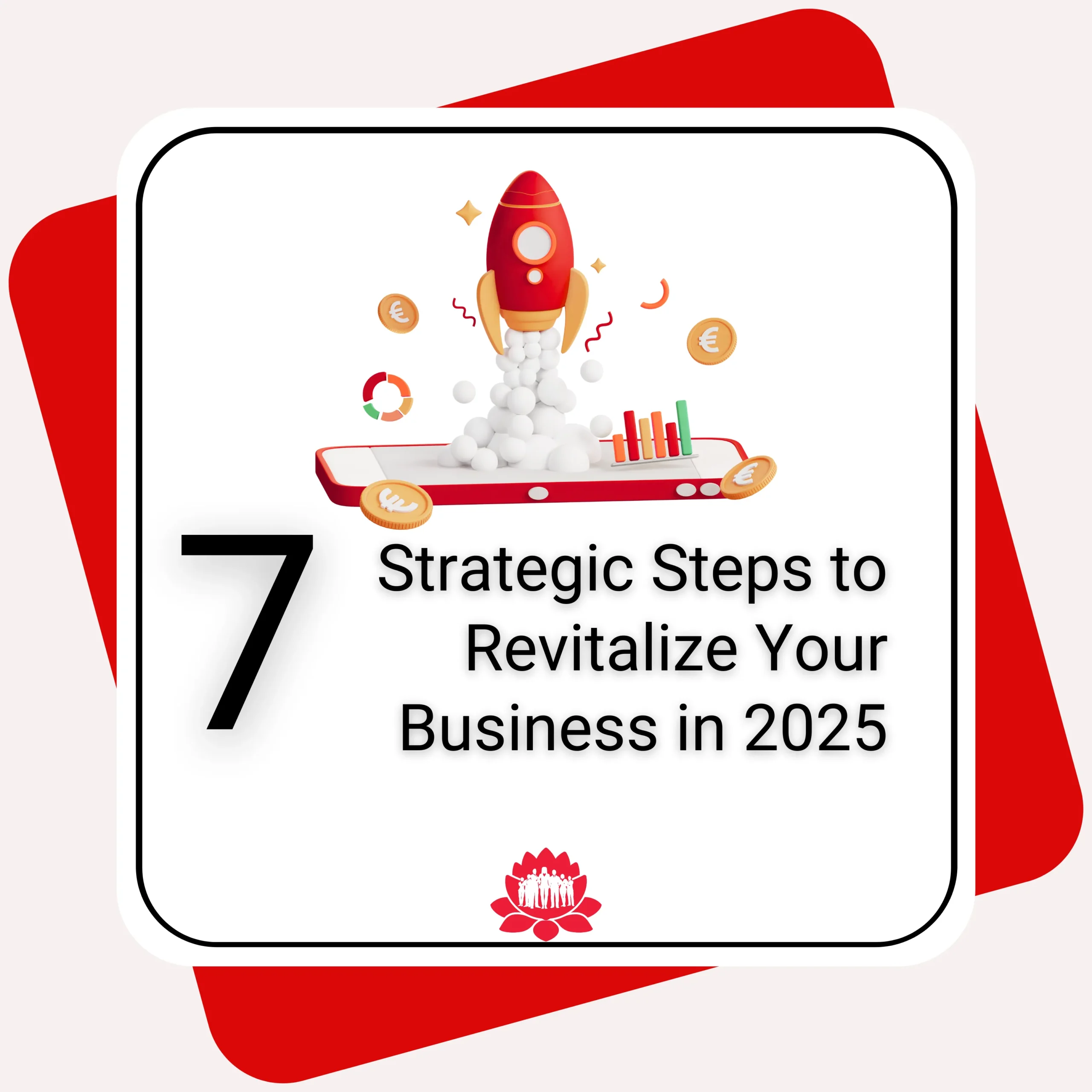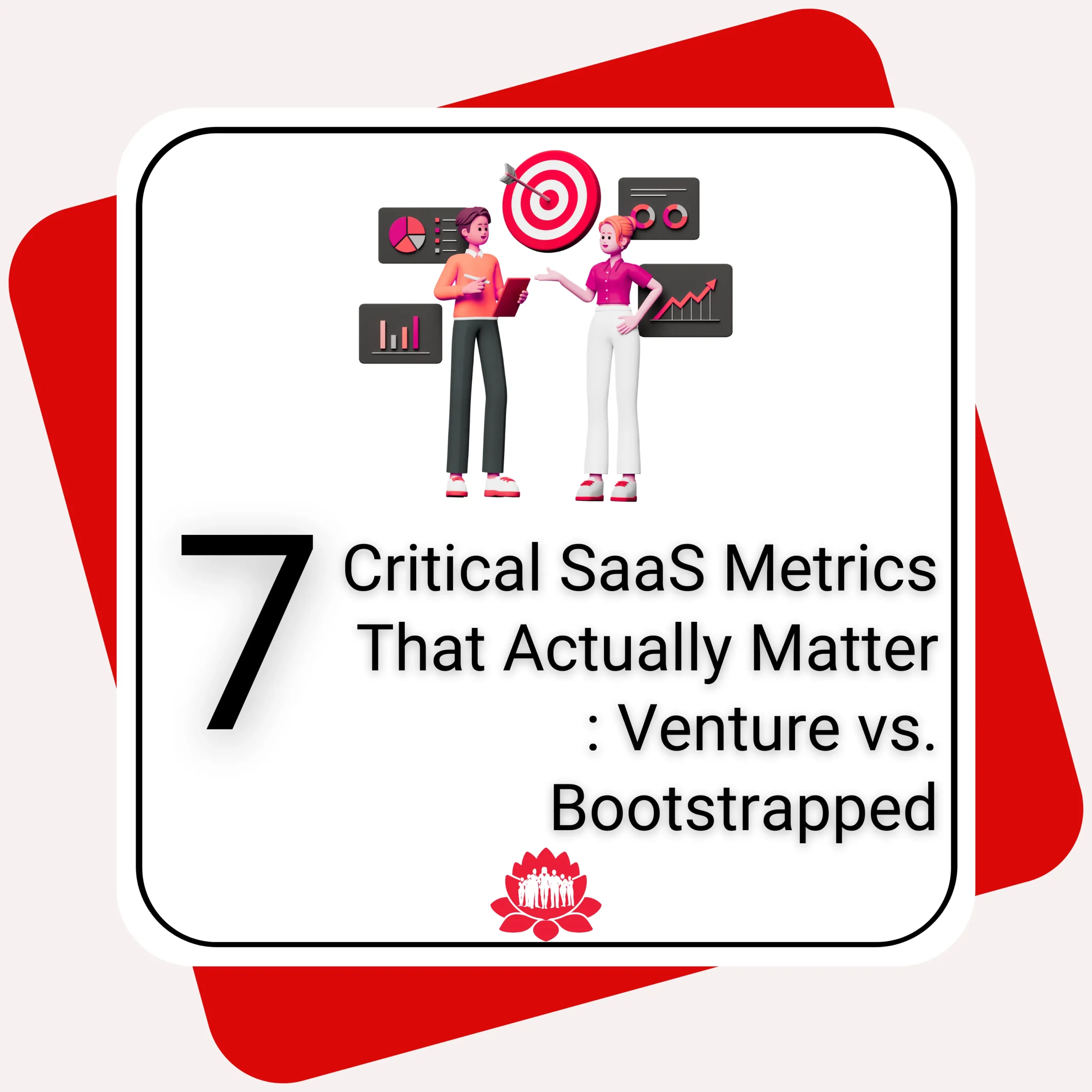7 Mindful Steps to Keynote Speaking

How The Executive Yogi Prepares to Deliver on Stage
After decades in financial leadership and hundreds of speaking engagements, I'm often asked about my preparation process. How does The Executive Yogi get ready to deliver insights that blend financial acumen with deeper wisdom?
The truth might surprise you – I rarely memorize speeches. In fact, I've found that over-rehearsed presentations lack the authenticity and present-moment connection that creates genuine impact. Yet this doesn't mean I walk on stage unprepared. Quite the opposite.
My approach to keynote preparation is deliberate, strategic, and aligned with the same principles that guide my fractional CFO practice: deep understanding over surface knowledge, connection over performance, and wisdom over mere information.
Whether I’m addressing a room of startup founders, PE investors, corporate finance leaders, or an organization, here are the seven mindful steps I take to ensure my message resonates beyond the applause.
1. Understand the Audience's Financial Ecosystem
Long before I craft a single slide, I immerse myself in understanding who will be in the room and what financial realities shape their world.
For a recent keynote at a SaaS industry conference, this meant:
- Reviewing the latest valuation multiples in the sector
- Understanding how recent interest rate shifts were impacting growth-stage fundraising
- Identifying which metrics investors were prioritizing in the current market
- Recognizing the specific cash flow challenges most attendees were facing
This goes far beyond generic audience research. I'm looking to understand their financial psychology – what keeps them up at night, what opportunities they might be missing, and what language they use to discuss money in their specific context.
In my meditation practice, I often reflect on the concept of "beginner's mind" – approaching each situation with fresh curiosity rather than preconceived notions. This same principle guides my audience research, helping me set aside assumptions about what they need to hear.
2. Identify the Transformational Insight
Every impactful keynote hinges on at least one transformational insight – an "aha moment" that shifts the audience's perspective in a meaningful way. I spend considerable time identifying what that core insight should be for each specific group.
The key question I ask myself: "What single financial perspective, if embraced by this audience, would create the greatest positive impact on their businesses or careers?"
For a recent talk to early-stage founders, this insight centered on reframing runway from a defensive metric ("months until we're out of cash") to an offensive one ("months we have to prove specific milestones that unlock our next chapter").
The most powerful insights often challenge conventional financial wisdom while offering a new framework that feels intuitively correct once articulated. I refine this core insight until I can express it in a single, memorable sentence that the audience can carry forward.
3. Design an Insight Journey, Not a Slide Deck
Rather than beginning with PowerPoint, I map the emotional and intellectual journey I want the audience to experience. This typically follows a pattern:
- Current Reality: Acknowledging where most in the audience currently stand
- Tension Point: Highlighting the limitations or costs of the status quo
- New Perspective: Introducing the transformational insight
- Practical Application: Making the insight actionable
- Future Vision: Painting a picture of what becomes possible
Only after mapping this journey do I consider visual elements or supporting materials. The slides serve the journey, not the other way around.
For a keynote on financial transformation, I used precisely three slides – each featuring a single image and minimal text. This forced the audience to engage with the ideas rather than reading bullet points. The simplicity created more impact than an elaborate deck ever could.
4. Connect Through Stories, Not Statements
The financial wisdom I've gained over decades is best transmitted through stories, not statements. For each key point in my talk, I identify a specific client story or personal experience that embodies the principle.
These stories include:
- The actual challenge faced (with key details that make it relatable)
- The conventional approach that failed or would have failed
- The moment of insight that changed the trajectory
- The measurable impact that resulted
- The broader principle illustrated
I prepare these stories by visualizing them scene by scene rather than memorizing specific wording. This allows them to remain fresh with each telling while ensuring I don't miss the key elements that make them powerful.
In my fractional CFO practice, I've found that founders remember stories long after they've forgotten frameworks or models. The same holds true for keynote audiences.
Keynote preparation is a paradoxical art – it requires thorough groundwork so you can appear effortless and present in the moment.
Neeti Dewan
CEO, Platinum AdvantEdge
5. Internalize Principles, Not Scripts
While I don't memorize speeches, I do spend significant time internalizing the core principles and key data points that support my message. This typically involves:
- Creating a one-page mind map of the key concepts and how they interconnect
- Identifying the 3-5 most important data points that give weight to my message
- Developing concise phrases for complex ideas that might otherwise require lengthy explanation
- Anticipating the most likely questions or objections
I review this material daily in the week leading up to the talk, not to memorize it, but to internalize it so deeply that it becomes available without conscious effort during the presentation.
This approach allows me to remain fully present with the audience while drawing on a well of prepared knowledge. It creates the freedom to adapt to audience energy and unexpected opportunities while maintaining the integrity of the message.
6. Research the Conversation Partners
Many of my speaking engagements involve on-stage interviews or panel discussions. These require a different type of preparation focused on creating genuine dialogue rather than delivering prepared remarks.
For these formats, I thoroughly research:
- The background and perspective of the interviewer or fellow panelists
- Their recent public statements or published work
- Areas where our viewpoints align or diverge
- Questions they're likely to pose based on their interests
Before a recent fireside chat with a well-known public figure, I listened to several episodes of her podcast to understand her style and the themes she consistently explores. This allowed me to anticipate her approach and prepare thoughtful responses that would create value for the audience.
The goal isn't to pre-script exchanges but to enter the conversation with sufficient context to make it substantive and insightful from the first question.
7. Create Presence Through Pre-Stage Ritual
The most thorough preparation means little without the presence of mind to deliver it effectively. I've developed a consistent pre-stage ritual that centers me and creates the mental state conducive to impactful speaking.
In the 30 minutes before I take the stage, I:
- Find a quiet space for 10 minutes of meditation focused on breath awareness
- Review my one-page mind map or key point outline
- Remind myself of my core intention for the talk beyond information delivery
- Connect with the feeling of gratitude for the opportunity to share insights
- Take several deep, diaphragmatic breaths while visualizing connecting authentically with the audience
This ritual hasn't changed in years because it reliably creates the balance of focus and openness that allows me to be fully present once I begin speaking. It clears away pre-performance anxiety and centers me in service to the audience rather than concern about my performance.
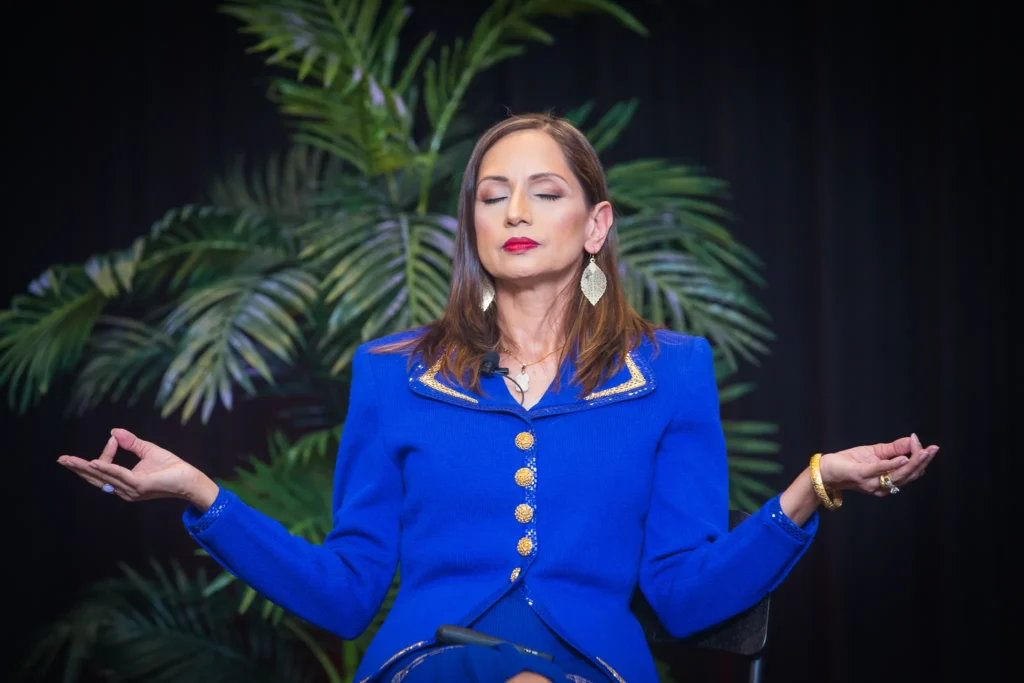
Final Thoughts From The Executive Yogi
Keynote preparation is a paradoxical art – it requires thorough groundwork so you can appear effortless and present in the moment. The approach I've outlined here is the result of years of refinement, learning as much from my missteps as my successes.
The wisdom I've gained is that truly impactful speaking comes not from perfect delivery of scripted content, but from the authentic sharing of hard-earned insights with genuine connection to those in the room.
For me, financial expertise or leadership topics provide the substance, but it's the integration of that expertise with deeper wisdom – the essence of The Executive Yogi approach – that creates transformative moments for audiences.
When I step on stage without a memorized script but with deep preparation, I'm not taking a risk. I'm creating the conditions for something more valuable than a flawless performance: a genuine exchange of wisdom that leaves both me and the audience enriched by the experience.
Whether you're preparing for your first major presentation or your hundredth keynote, I encourage you to focus less on perfecting your delivery and more on deepening your understanding, clarifying your core insight, and creating the conditions for authentic connection. That's where the true impact of speaking lies.
Reach out to us at [email protected]


